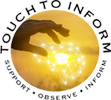
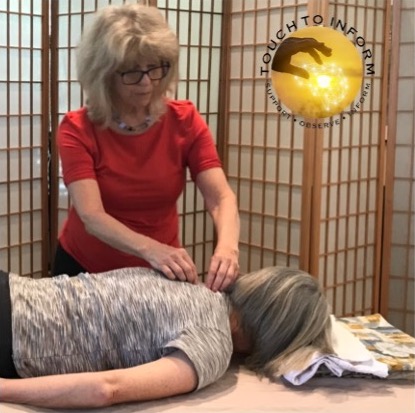
Would you like to see your Client’s Break Free from Habitual Walking Patterns not by Teaching Them
How to Walk
but Through Your Educated Touch?
Join Us for this Upcoming
TOUCH TO INFORM Seminar:
DISCOVER A FUNCTIONAL SOLUTION TO FEET, SPINE & NECK ISSUES
For decades, your clients’ walking styles have been shaped by old habitual walking patterns.
My guess is that as intelligent therapists, educators, and coaches you observe these patterns. You see something that, if ‘corrected’ would make a difference for your clients’ painful FEET, Backs, and necks. You offer verbal suggestions.
What would happen if you begin to see these patterns as ‘learned’ strategies, that, when observed with curiosity, along with Touch To Inform tools, you could engage your client’s brain to create the change?
If you could help your clients, nonverbally, sense and refine these patterns, would you be interested?
The medical world has never been particularly interested in prevention. We don’t know what 2025 will bring but can we all agree that medical care is becoming less affordable or available for these daily aches & pains that could, if addressed early, prevent major operations?
Being the healing therapist that you are, I know you want your clients to stop continuing with old habits – before patterns continue to irritate that which is already irritated.
Are you ready to enhance the elements for optimal walking? When you focus on the thoracic spine, feet, and ankles, you will see a more optimal walk with less pain in the FEET, SPINE & NECK.
The QUESTION IS?
How do YOU change a habit that is housed deeply inside your nervous system/brain?
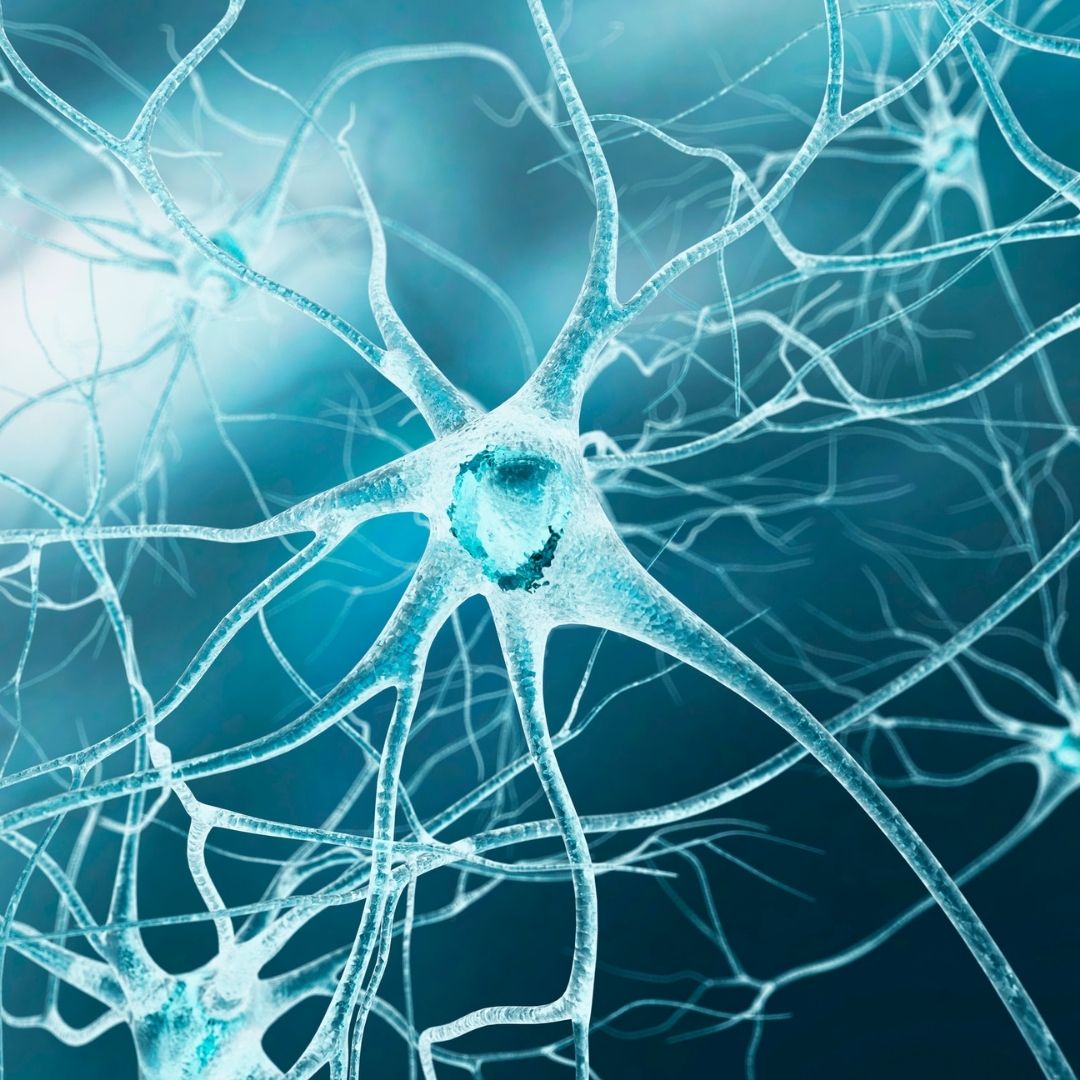
Our ANSWER IS:
Think Brain Maps and use a touch that observes, supports, and informs.
The nervous system’s ability to sense movement and touch [kinesthetic and proprioceptors] connects to the Image of Action you hold in your Brain for Walking. Allowing yourself or your client to sense differences works to stimulate this image into a more optimally functioning action – without trying.
Learn how to Refine walking patterns in yourself and your clients through sensing differences. Enhance client engagement, ability to heal and ability to prevent injuries.
“The most applicable information for me was the idea that we need to ‘wake-up’ areas that are congested with our attention and touch.” SM 2019
Transform Your Approach in Just 15 Hours!
Touch To Inform Seminar,
Rehabilitate FEET, Spine, and Neck
is A Holistic Approach to Optimal Walking
Rather than ignoring or isolating injuries, Touch to Inform approaches feet, backs, and necks as part of an integrated whole. You learn to see how an injury is within a pattern – or how a pattern can lead to an injury if it’s not recognized.
Touch To Inform guides you in a way you can offer non-verbal suggestions so the old pattern is quieted. You offer time for your client to have that experience, and then offer a new suggestion in a way that allows the client’s nervous system to make the change.
Join us for a LIVE IN-PERSON Seminar
May 15-17, 2026 in Orlando!

Touch To Inform guides you in ways you learn to engage your client’s full Neuromuscular-Skeletal System to create lasting change.
Introducing ‘Touch to Inform’ Methods

Through ‘Touch to Inform’ Methods, you learn to:
- Use a specialized touch that awakens, activates, and coordinates the walking engine.
- Support healthier, more efficient movements while walking to reduce the impact on FEET, spine, and neck.
- Use touch as a conversation and empower your clients to break free from old patterns and embrace new pathways to healing and prevention.
- Observe how Feet influence Posture and Posture influences FEET
- Heighten your FEET’ ability to support the foundation for standing and propel your optimal walk.
The torso does the Walking.
One pattern or Image of Action that is often lost in most people’s Brain Map, is that the torso does the Walking. As therapists you have great opportunity to affect your client’s ability to mobilize the many parts of the torso in a way their client will use them within their walk and discover new patterns.
When you optimize diagonal movement in the torso, you can enhance walking mechanics, and help clients move with greater ease which in turn prevents injury to Necks, Spines and FEET.
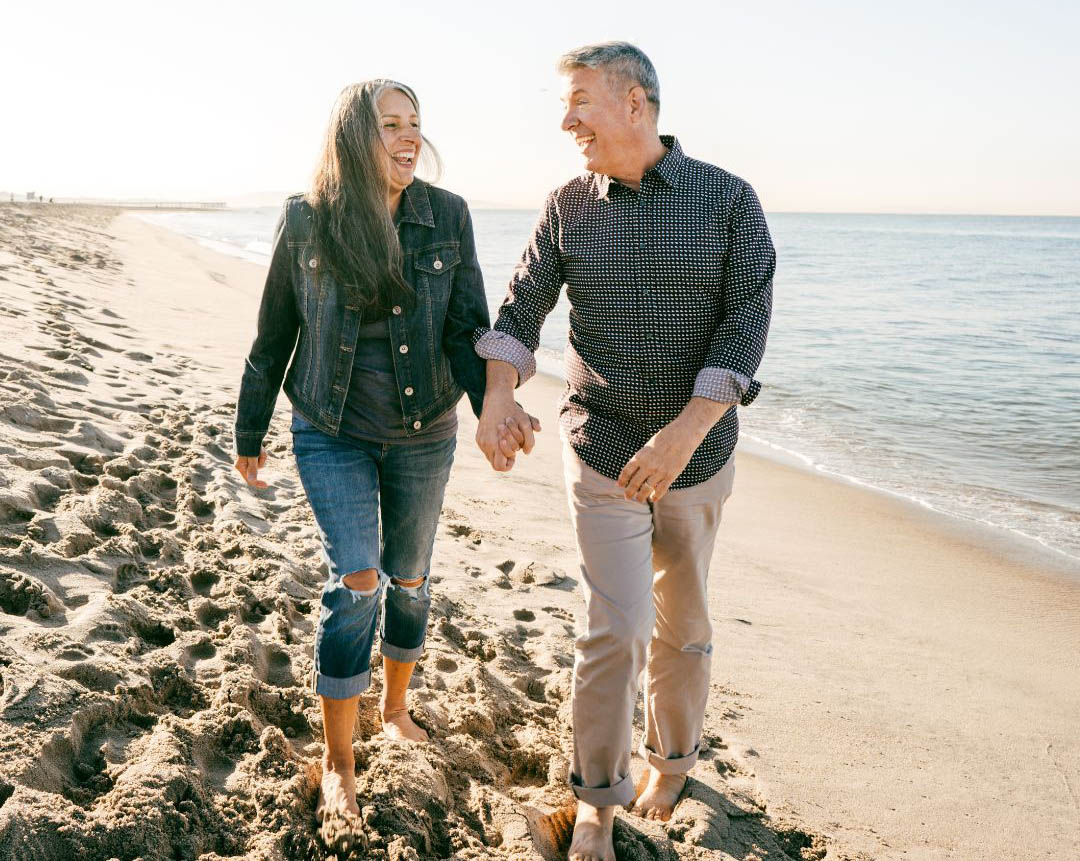
“Thanks for the personal experience.
It clearly brought back a memory of moving freely as a child once again.” RM 2022
“The most important learning for me was the information about bringing awareness to the diagonals in the torso, using a sensory experience.” RB 2022
What You’ll Learn in 15 Hours
✔ Touch to Inform Method: Guide your client’s ability to sense through a touch that informs the preferred patterns and their ability to sense a difference.
✔ Clarify Torso Diagonals: Balance muscular tone between flexors and extensors for smoother walking.
✔ Reduce Effort and Strain: Reduce overuse of knees, ankles, and feet in walking patterns.
✔ Enhance Thoracic Mobility: Lengthen the thoracic spine and improve rotational function.
✔ Map a Clear Image of Action through Touch: Improve brain-body connection by refining movement patterns in the ribs, spine, feet, and ankles.
Who is this for?
- Physical therapists, movement educators, coaches, and bodyworkers
- Anyone looking to help clients move more efficiently and pain-free.
- Those eager to explore the power of intentional touch in movement therapy.
- Those eager to study, in detail, their walk and their patterns as their own personal coach.
Transform the Way You See and Feel Movement
Join us May 15-17, 2026 – LIVE IN-PERSON in Orlando and master the art of a touch-based movement correction system that uses your client’s brain for lasting client success.
Moshe Feldenkrais, D. Sc. suggested that the ‘problem’ is within the pattern.
Learn to create a new, functional solution, reflect on the whole, and allow the client’s brain to engage in the healing.
If you can see yourself as an evolving human being in process, you have much more power to look at what is working … as well as not working … and find several efficient new possibilities to move forward with.
Touch to Inform process is to engage your client’s brain to see themselves [through sensing options] as capable of change.
Think about it: A dog who has lost a leg still walks. A dog will miraculously rebalance his/her image of action in the brain to walk with 3 legs – no problem.
CDC Report states:
“To achieve a normal or functional gait pattern, an individual must have three major attributes: an adequate range of joint mobility; appropriate timing of muscle activation across the gait cycle (time between the first contact with the ground by the heel of the one foot and the next heel-ground contact with the same foot); and unimpaired sensory input from the visual, somatosensory, and vestibular systems.”
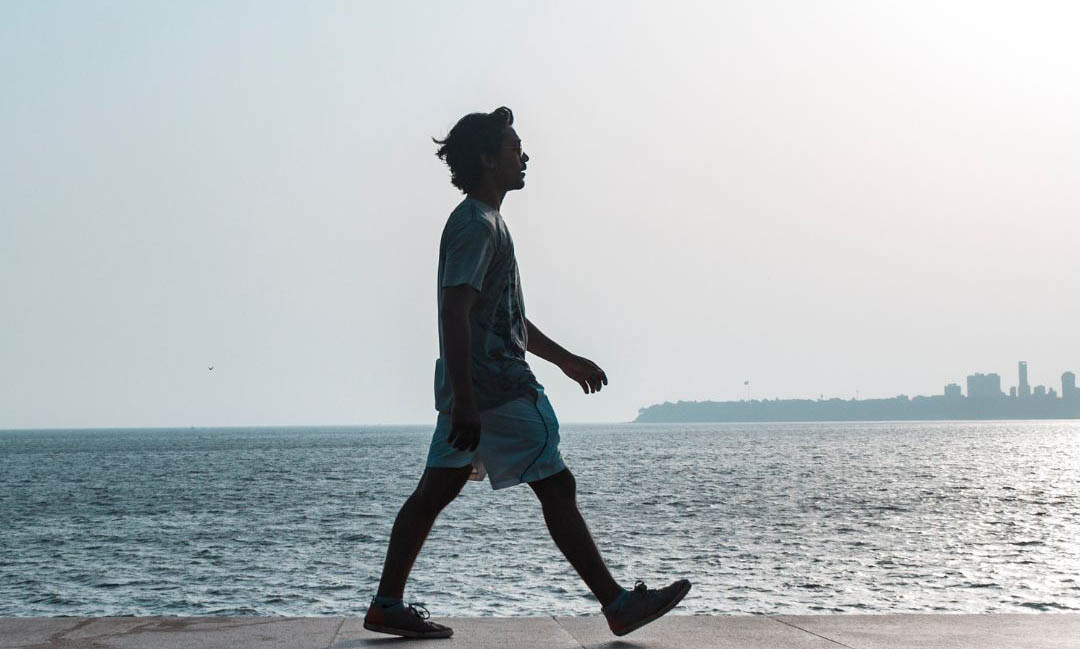
Learn a TOUCH that Observes, Supports, and Informs through personal experience and practical applications of concepts from The Feldenkrais Method® for somatic re-education. Nikki and BonnieK, both LMTs in Florida and Feldenkrais® Practitioners, each for over 20 years, guide your understanding and your ability to integrate them into your practice.
Experience makes all the difference!
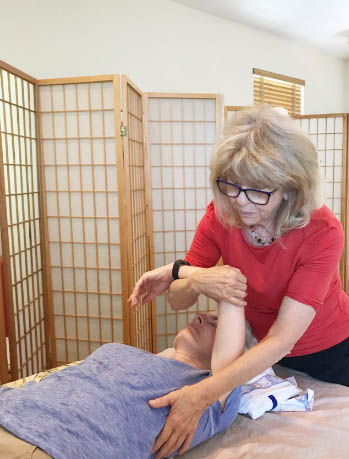

BonnieK recognizes that discomfort is often part of a pattern that most likely involves her torso. Before she feels any pain, she finds a slow way to move so that the space between her joints, that might be pinching a nerve, could open up. Then she works to alter the pattern she is in while sitting or moving. Before there is a crisis she discovers new patterns so she is back in a healthier action.
Bonnie Kissam, M.A. in Education
Guild Certified Feldenkrais Practitioner® / Assistant Trainer, Licensed Massage Therapist, FL Lic #36256
Would you agree that old, habitual patterns
interfere with rehabilitation and healing?
We have seen a countless number of people who have found great relief from great therapists like yourself, yet are still ‘run’ by old habits and Stiff Necks & Backs and problems with FEET return.
Since Walking is the best natural medicine, would it be useful for you to consider an approach that would help your clients redesign a more optimally, organized walk – without walking?
Over the years Nikki and Bonnie have helped many clients avoid surgeries and take control of many aches and pains, once their Neuromuscular-skeletal system decides to let go of old patterns and embrace a change in habits.
They decide to stop irritating that which is already irritated from their old, unconscious habits.
You might say, teaching movement is not with in your scope of practice.
Touch to Inform is a practice that helps another break old habits, without moving, but by sensing differences. Your Touch that Observes, Supports and Informs is a tool that does that.
Your client’s neuromuscular, skeletal system will respond to your touch and sense the often subtle connections of how one part is not moving with an area that is over-moving. Instead of externally fixing it, you use cunning, non-verbal communication to allow your client’s brains to recognize a difference in a way that they choose the more efficient, less painful option.
Yes – this is a process which might take time. However, since you see your client’s regularly – they are in a process with you. This puts you in the unique position to take the time and guide their system to fine-tune and encompass new possibilities.
